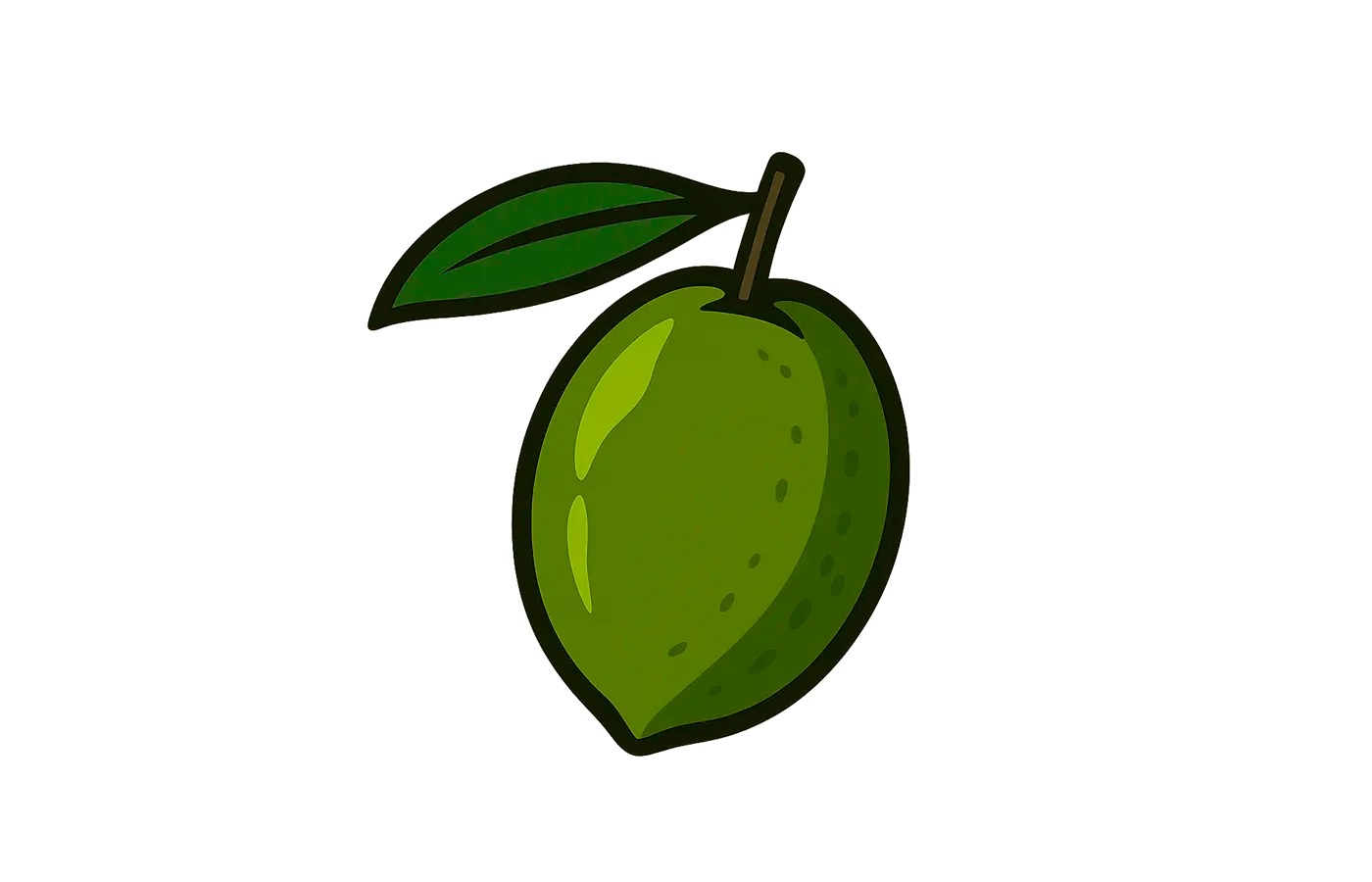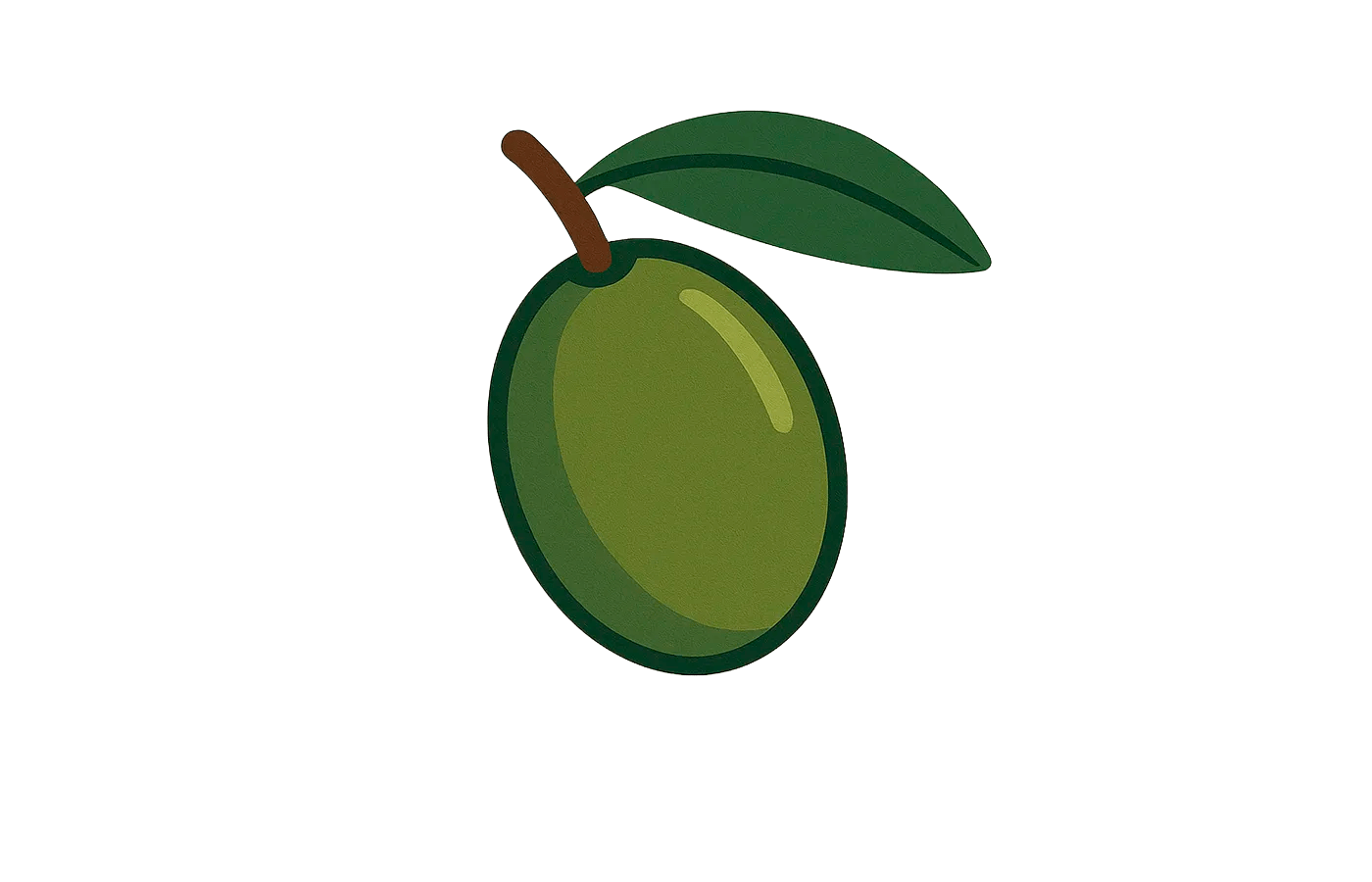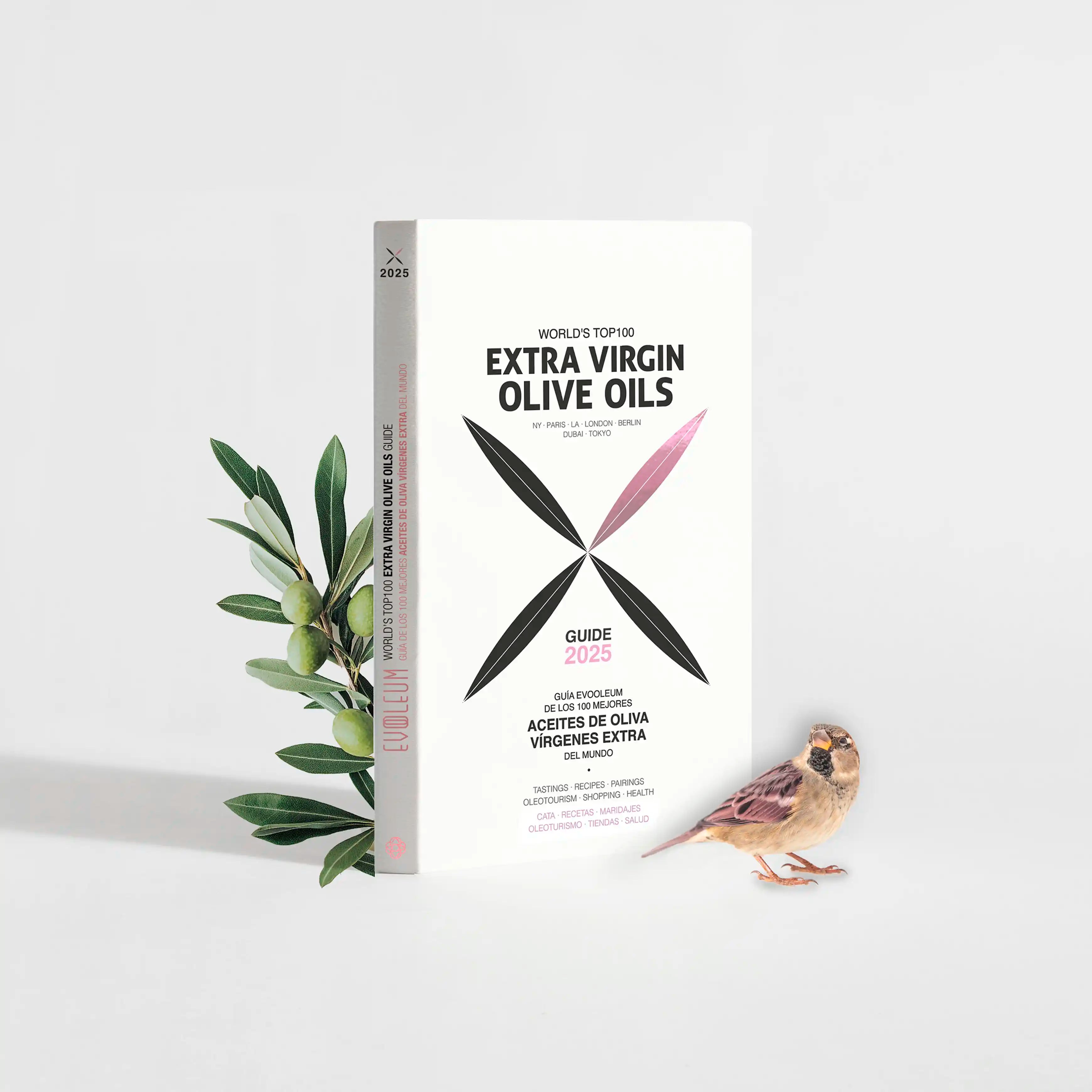
Five extra virgin olive oil varieties you probably don’t know
Updated: 8 August 2025
The world of extra virgin olive oil (EVOO) goes far beyond the popular Picual, Hojiblanca and Arbequina. Spain has more than 200 olive varieties, many of them producing oils of very high quality with surprising sensory profiles. Today we present five uncommon varieties that stand out for their history, flavour and uses in the kitchen.
If you want to explore the most famous varieties, comparisons and culinary uses, visit our complete guide to EVOO varieties.
Pajarera
Pajarera is a traditional variety from the province of Córdoba (areas of Priego de Córdoba and Baena). Its name alludes to the fact that its small, sweet fruits attracted birds. Pajarera EVOO offers a gentle, balanced sensory profile with notes of ripe apple, almond and fresh herbs. It shows low bitterness and very light pungency, ideal for anyone starting out in EVOO tasting.
Recommended uses: perfect raw for delicate salads, steamed vegetables, white fish and light baking. It enhances subtle flavours without masking them.
Pajarera: technical sheet
- Origin: Córdoba, Andalusia (Spain)
- Growing areas: Priego de Córdoba, Baena
- Harvest: late October – November
- Sensory profile: gentle fruitiness; ripe apple, almond, herbs
- Bitterness/Pungency: Low / Very low
- Oxidative stability: Medium
- Culinary uses: Delicate raw dishes, white fish, pastry
Verdial
Verdial groups sub-varieties such as Verdial de Badajoz, de Huévar and de Vélez-Málaga. A late-ripening olive, it produces EVOOs that are sweet, fruity and low in bitterness. On the nose: apple, banana and nuts; on the palate it is very friendly with a round finish.
Recommended uses: excellent for homemade mayonnaise, cold creams (vichyssoise, mild salmorejo), baking and griddled fish. A versatile EVOO for palates that shy away from intensity.
Verdial: technical sheet
- Origin: Andalusia and Extremadura
- Growing areas: Badajoz, Huelva, Málaga
- Harvest: November – December
- Sensory profile: sweet fruitiness; apple, banana, nuts
- Bitterness/Pungency: Very low / Low
- Oxidative stability: Low–medium
- Culinary uses: Emulsions, fish, desserts
Manzanilla Cacereña
Originally from Extremadura, Manzanilla Cacereña stands out for its dual purpose (table olive and oil). As EVOO it brings herbal freshness with notes of freshly cut grass, green almond and apple, together with a balance of medium bitterness and gentle pungency.
Recommended uses: toast with tomato, mild gazpachos and cold soups; pairs well with fish carpaccios and young cheeses. It adds vibrancy to Mediterranean salads without dominating.
Manzanilla Cacereña: technical sheet
- Origin: Cáceres, Extremadura (Spain)
- Growing areas: Northern Extremadura
- Harvest: early November
- Sensory profile: fresh grass, green almond, apple
- Bitterness/Pungency: Medium / Low
- Oxidative stability: Medium
- Culinary uses: Toasts, salads, fish and young cheeses
Alfafarenca
Alfafarenca, a minority variety in the Region of Valencia (Alicante), produces EVOOs of great character with high bitterness and persistent pungency. Aromas of artichoke, fig tree and green almond. It often shows a high polyphenol content, which translates into excellent stability and sensory power.
Recommended uses: legume stews, red meats, hearty spoon dishes and baked rice. Ideal when you want structure and an EVOO that can “carry” intense flavours.
Alfafarenca: technical sheet
- Origin: Region of Valencia (Alicante)
- Growing areas: Inland districts of Alicante
- Harvest: late October – November
- Sensory profile: artichoke, olive leaf, green almond
- Bitterness/Pungency: High / High
- Oxidative stability: High
- Culinary uses: Meats, legumes, baked rice
Lechín
Lechín (Seville and Córdoba) takes its name from the whitish tone of the pulp. A rustic variety, highly adapted to dryland farming. Its EVOO comes across as green and fresh, with notes of aromatic herbs, wild plants and almond. On the palate it offers medium-to-high bitterness and gentle yet persistent pungency. There is also a sub-variety known as Lechín de Granada, an oil that illustrates this article.
Recommended uses: vegetable sautés, cold soups, small game and escabeches. Used raw, it works very well with strongly flavoured ingredients (tomato, olives, pickles).
Lechín: technical sheet
- Origin: Seville and Córdoba (Andalusia)
- Growing areas: Countryside around Seville and Córdoba
- Harvest: October – November
- Sensory profile: aromatic herbs, almond, wild plants
- Bitterness/Pungency: Medium–high / Gentle
- Oxidative stability: Medium
- Culinary uses: Vegetables, small game, escabeches
Quick comparison table of lesser-known varieties
| Variety | Bitterness | Pungency | Stability | Sensory notes | Recommended uses |
|---|---|---|---|---|---|
| Pajarera | Low | Very low | Medium | Ripe apple, almond, herbs | Delicate raw dishes, fish, pastry |
| Verdial | Very low | Low | Low–medium | Apple, banana, nuts | Emulsions, fish, desserts |
| Manzanilla Cacereña | Medium | Low | Medium | Fresh grass, green almond, apple | Toasts, salads, carpaccios |
| Alfafarenca | High | High | High | Artichoke, fig tree, olive leaf | Red meats, legumes, baked rice |
| Lechín | Medium–high | Gentle | Medium | Aromatic herbs, almond, wild plants | Vegetables, small game, escabeches |
Tips for tasting and choosing lesser-known varieties
- Do a raw tasting (teaspoon or tasting glass) to identify fruitiness, bitterness and pungency. At Molino y Cata we provide the oils’ sensory star charts.
- Pair these oils with simple dishes that won’t hide their sensory profile.
- Prioritise a recent harvest and opaque packaging; avoid light, heat and oxygen.
FAQs
- Which EVOO variety is the mildest on this list?
- Pajarera and Verdial, thanks to low bitterness and very moderate pungency.
- Which variety provides the most antioxidants (polyphenols)?
- Alfafarenca typically shows a high phenolic content with great oxidative stability.
- I’m looking for an EVOO for baking — which should I choose?
- Pajarera or Verdial for their sweetness and gentle mouthfeel.
- Which EVOO copes best with stews and higher temperatures?
- Alfafarenca for its stability; Lechín also works very well in vegetable dishes and escabeches.
- Do these varieties compete with Picual, Hojiblanca or Arbequina?
- Not necessarily — they broaden the palette of nuances so you can choose the best oil for each recipe and preference.
Conclusion
Exploring lesser-known EVOO varieties such as Pajarera, Verdial, Manzanilla Cacereña, Alfafarenca and Lechín lets you discover new flavours, aromas and textures. These EVOOs expand your options in the kitchen and enrich your olive-oil culture.
Author
Mercedes Uceda, BSc in Biology, Olive Oil Tasting Expert (University of Jaén). Lecturer on the Olive Oil Tasting Expert programme at the University of Jaén and the International University of Andalusia, with over 10 years’ experience training professional tasters.
Share











